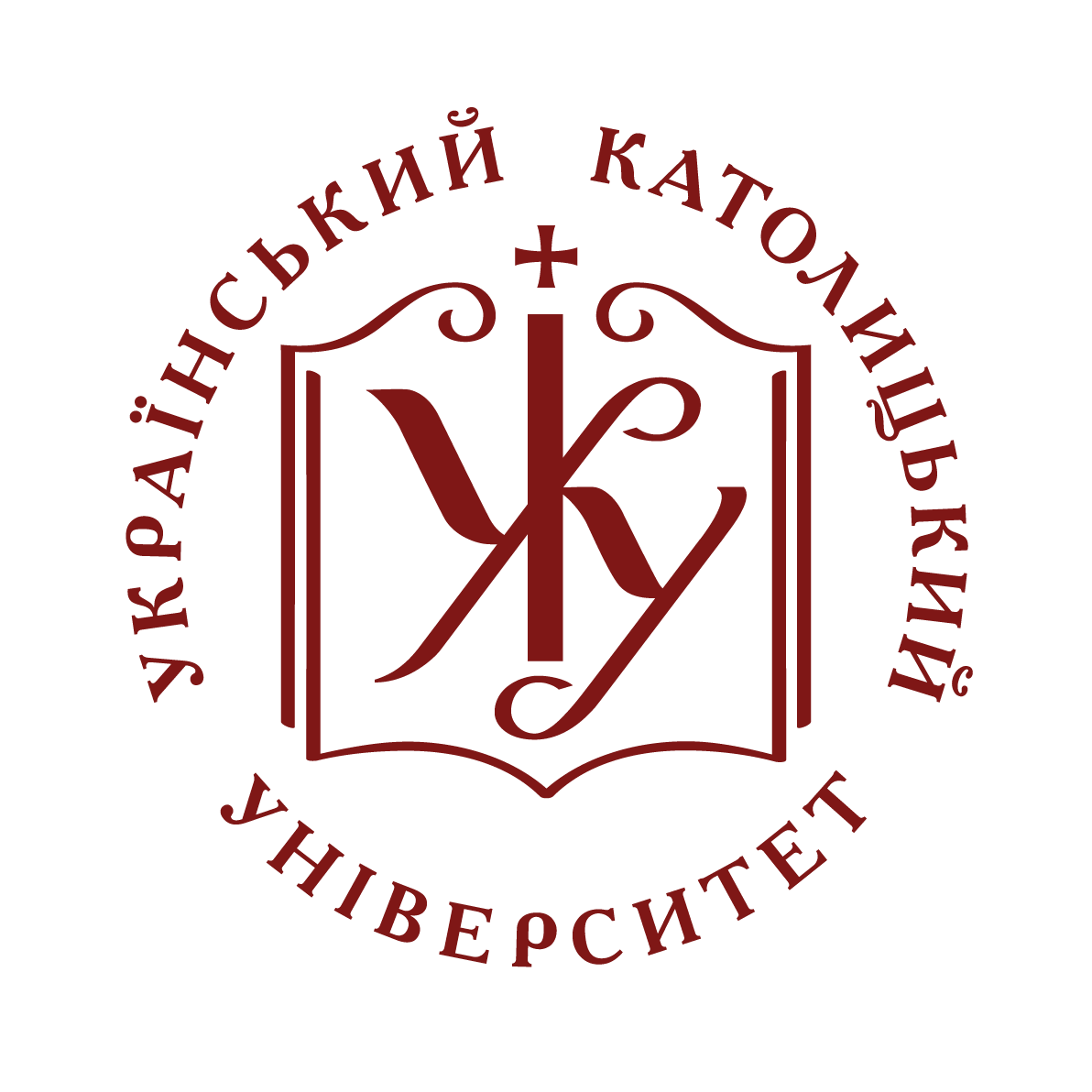- Домівка
- →
- Students Research & Project Works | Роботи студентів
- →
- Факультет прикладних наук
- →
- Освітня програма наук про дані
- →
- 2020
- →
- Перегляд матеріалів
Сценарії JavaScript вимкнено для Вашого браузера. Деякі функції цього сайту не будуть працювати без них.
Показати скорочений опис матеріалу
| dc.contributor.author | Kofman, Philipp
|
|
| dc.date.accessioned | 2020-02-25T09:51:06Z | |
| dc.date.available | 2020-02-25T09:51:06Z | |
| dc.date.issued | 2020 | |
| dc.identifier.citation | Kofman, Philipp. Efficient Generation of Complex Data Distributions : Master Thesis : manuscript / Philipp Kofman ; Supervisor Oles Dobosevych ; Ukrainian Catholic University, Department of Computer Sciences. – Lviv : [s.n.], 2020. – 33 p. : ill. | uk |
| dc.identifier.uri | http://er.ucu.edu.ua/handle/1/2048 | |
| dc.language.iso | en | uk |
| dc.subject | Efficient Generatio | uk |
| dc.subject | Complex Data Distributions | uk |
| dc.subject | Style space analysis | uk |
| dc.title | Efficient Generation of Complex Data Distributions | uk |
| dc.type | Preprint | uk |
| dc.status | Публікується вперше | uk |
| dc.description.abstracten | Currently, the active development of image processing methods requires large amounts of correctly labeled data. The lack of quality data makes it impossible to use various machine learning methods. In case of limited possibilities for collecting real data, used methods for their synthetic generation. In practice, we can formulate the task of the high-quality generation of synthetic images as an efficient generation of complex data distributions, which is the object of study of this work. Generating high-quality synthetic data is an expensive and complicated process in terms of existing methods. We can distinguish two main approaches that are used to generate synthetic data: image generation based on rendered 3-D scenes and the use of GANs for simple images. These methods have some drawbacks, such as a narrow range of applicability and insufficient distribution complexity of the obtained data. When using GANs to generate complex distributions, in practice, we face a visible increase in the complexity of the model architecture and training procedure. A deep understanding of the real data complex distributions can be used to improve the quality of synthetic generation. Minimizing the differences in the real and synthetic data distributions can improve not only the generation process but also develop tools for solving the problem of data lack in the field of image processing. | uk |
Долучені файли
Даний матеріал зустрічається у наступних зібраннях
-
2020 [28]


